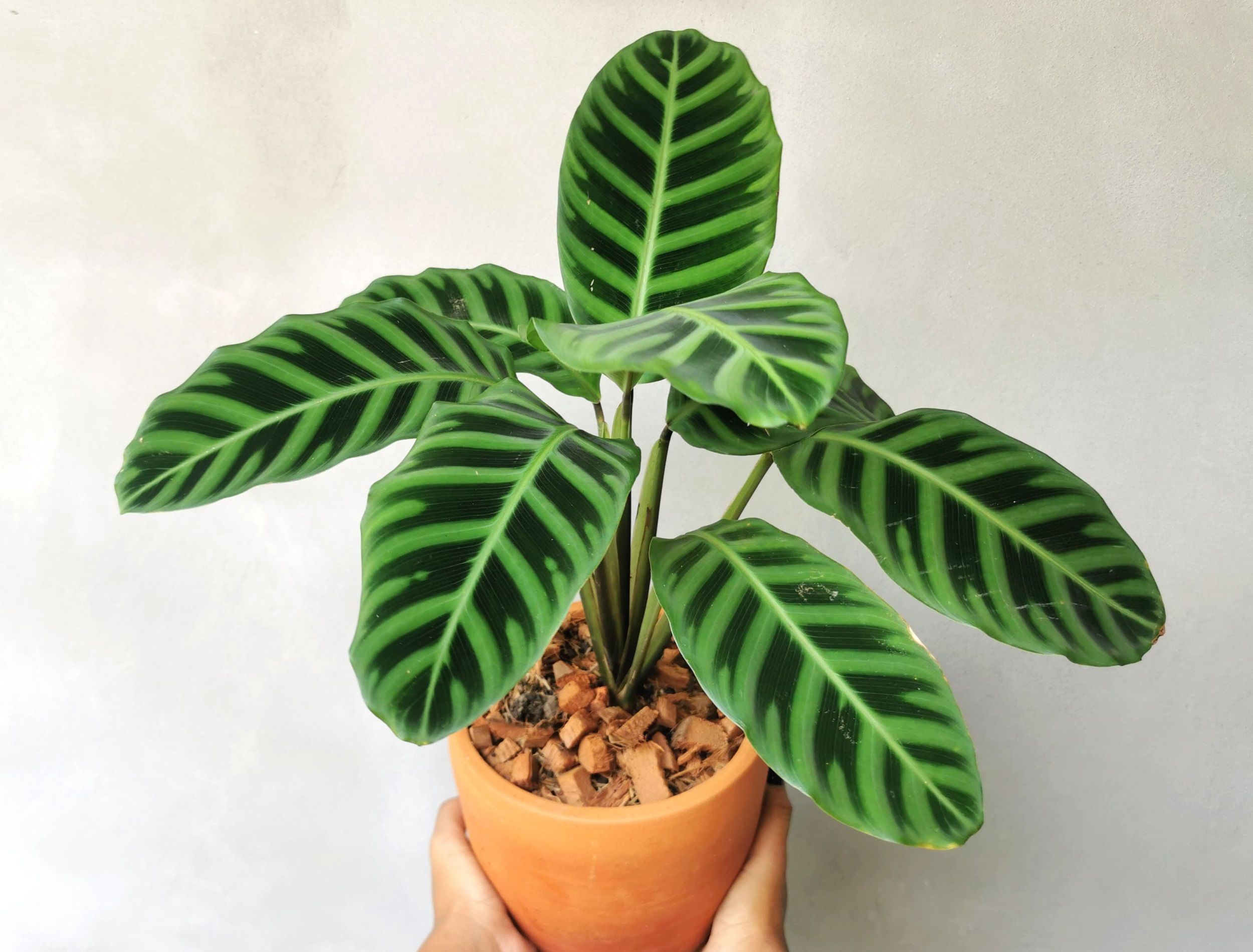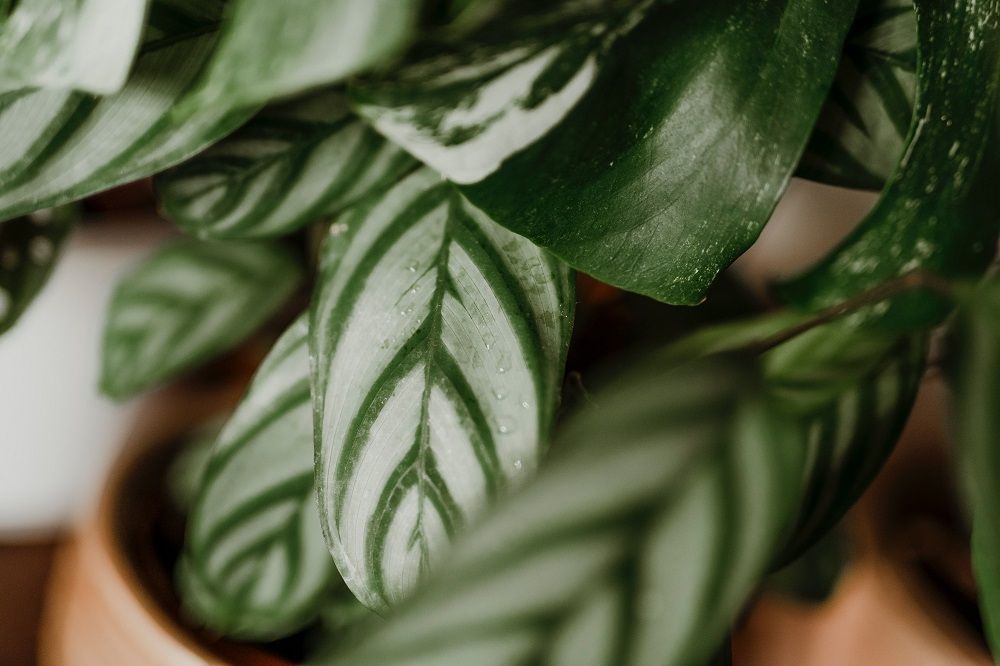If you're looking to freshen up your home with some new plants, be sure to avoid these pest prone houseplants. While all houseplants are, at any time, susceptible to pests, certain types of plants are more likely to attract bugs.
So, it's important to do your research before purchasing one. Knowing which plants to stay away from can save you the hassle, irritation, and expense of dealing with an infestation. Here are three of the worst offenders.
Ferns
Image credits: Elias Tigiser via Pexels
Ferns are beautiful, delicate plants that can add a touch of elegance to any home. However, some are also notoriously difficult to care for and are often pest prone. If you're thinking about adding a fern to your indoor plant collection, you may want to think twice. Here's why you should avoid buying ferns as houseplants:
Ferns are particularly tricky to maintain. They require high humidity and lots of moisture, which can be difficult to provide indoors. Ferns are also sensitive to changes in temperature and light levels, so they're not the best choice for beginners.
Ferns are also prone to pests. Aphids and scale insects love ferns, so if you have an infestation of any of these pests, your fern is likely to be one of the first plants they attack.
If you're set on adding a fern to your home, there are a few things you can do to reduce the risk of problems. First, make sure you don't choose a variety that is difficult care for, such as the Boston fern. Instead opt for Asplenium nidus, also known as Birds Nest Fern.
Second, purchase your fern from a reputable source and inspect it carefully for signs of pests before bringing it home. Finally, be prepared to provide extra attention to your fern in terms of humidity, moisture, and pest control. If you can do all of this, then you may be able to successfully keep a fern as a houseplant. However, if you're not willing to put in the extra effort, it's probably best to avoid ferns altogether.
Peace Lilies
Image credits: Lan Gao via Unsplash
If you're looking for a beautiful houseplant that's also low maintenance, you might be tempted to purchase a peace lily. However, before you do, you should know that these plants are notoriously pest prone.
One of the most common pests that affects peace lilies is spider mites. These tiny creatures suck the sap out of the plant's leaves, causing them to turn yellow and eventually die. In severe infestations, the entire plant can be killed.
Another common pest is mealybugs. These ugly white insects insert their long mouths into the plant's tissues and suck out the juices. This feeding can cause the leaves to wilt and drop off. If left unchecked, mealybugs can kill a peace lily.
Fungus gnats are tiny black flies that are attracted to the moist soil of peace lilies. These pests not only bother you when you're trying to enjoy your plant, but they also damage the roots by feeding on them. This can lead to root rot, which can kill the plant.
If you do decide to purchase a peace lily, be sure to inspect it carefully for any signs of these pests. And if you do find any, be sure to take steps to get rid of them right away before they have a chance to do serious damage.
Pro Tip: Its a good idea to quarantine new plants for two weeks before introducing them to the rest of your collection to avoid the spread of pests.
Calatheas
Image credits: Magali Merzougui via Unsplash
Calatheas are beautiful houseplants that come in a variety of colors and patterns. However, they are also pest prone, which can make them a hassle to care for. If you're thinking about buying a Calathea, here are a few things to keep in mind.
First of all, Calatheas are susceptible to mealybugs, spider mites, and other pests. If you notice any of these pests on your plant, it's important to act immediately. Otherwise, they can quickly spread and cause damage to the leaves.
Secondly, this perennial need high humidity levels to thrive. If your home is particularly dry, you may need to provide extra moisture for your plant. This can be done by setting a humidifier near the plant or by placing it on a pebble tray.
Finally, Calatheas are sensitive to changes in temperature and light. When moving your plant, be sure to do so slowly and gradually so that it can adjust to its new environment.
If you do decide to buy a Calathea, be sure to inspect it carefully for any signs of pests before bringing it home. These plants are also quite sensitive to changes in their environment, so be prepared to give them the care they need to thrive.
Pests, Pests, Go Away!
Have you ever had a houseplant that was infested with bugs? It's not a fun experience. In fact, it can be downright frustrating. That's why it's important to do your research before purchasing any plants—especially if you're looking for something new to add to your home décor.
While all plants are susceptible to pests at any time, some types of plants are more likely to attract bugs than others. So, if you're trying to avoid an infestation, stay away from these three pest-prone houseplants.
Have any tips or tricks for avoiding pests in houseplants? Let us know in the comments below!




